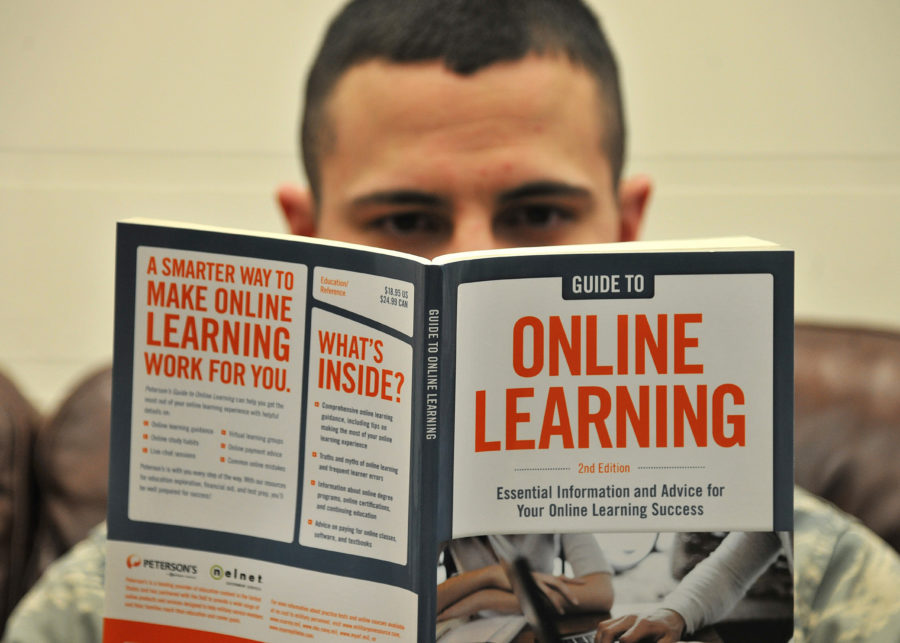Yesterday I went to a training session on Media Hopper Create, which is like the University’s own internal version of YouTube, with some video editing features.
Category: Learning Technology Page 5 of 6

In this section, we are thinking about learning and teaching spaces from the point of view of the student.
The first task was to make a list of places where students might engage with learning, and here is what I came up with.
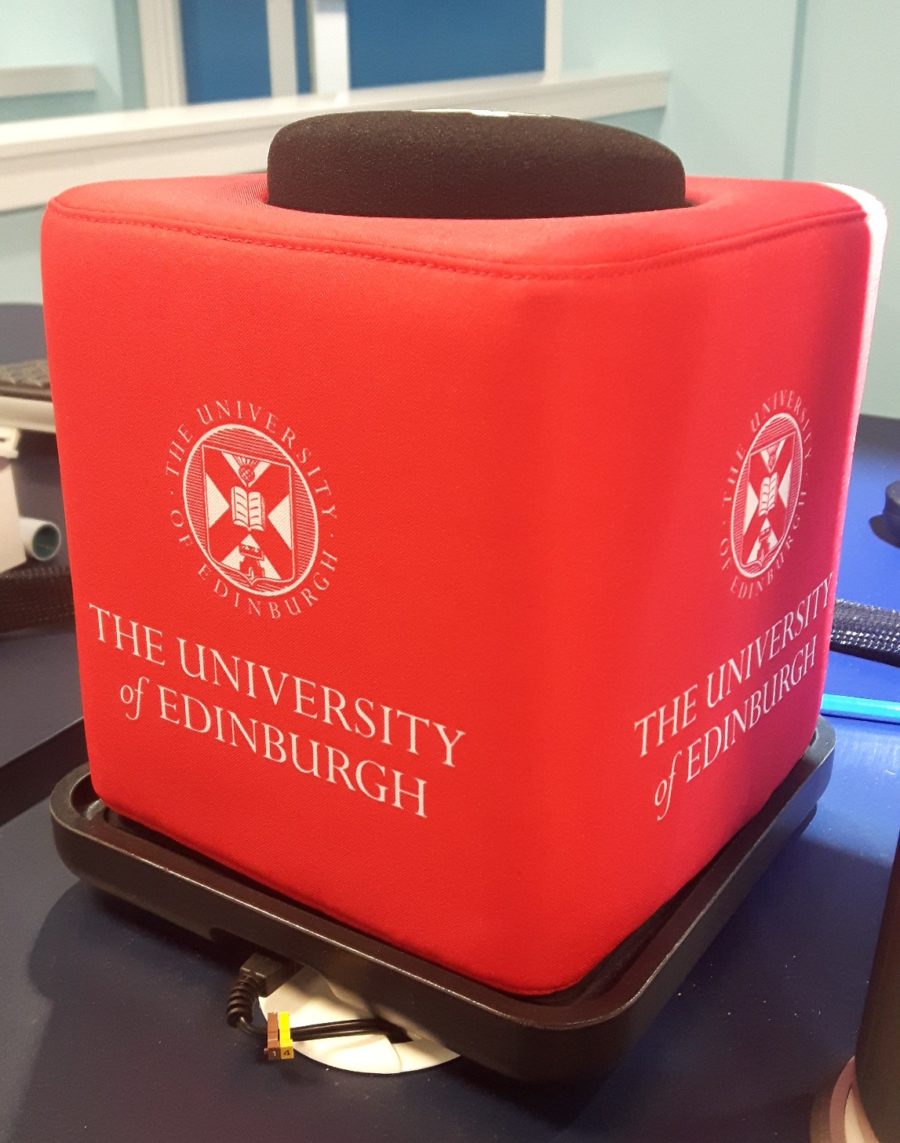
Learning to Use the Audio-Visual Equipment
I went to a training session on using the audio-visual equipment in the lecture theatres, and there were several things that caught my interest.
The first point was how much audio visual technology has moved on in general since my student days. There are cameras and speakers in the ceilings, and several big screens around the rooms which can be used to project either the camera feed or a computer screen displaying presentation slides (or both).
Remote controls are unique to the equipment in each lecture room, in theory to discourage borrowing, though apparently they still go missing more often than you’d think 🙄.
Stranger still, unless an opt-out is prearranged, every lecture is recorded by default and stored in an online database for at least several years. These can be accessed and played back later using Media Hopper Replay.
The lecturers have to remember to wear and activate microphones to project and record the audio, and they can also pause and restart the recording with a set of control buttons. The recordings finish at the pre-set time, and do not add on the times when recording was paused.
The Catch Box
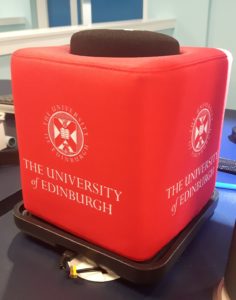
The Catch Box: Smart, well-designed, professional, great for throwing at/to students
The Catch Box is a microphone designed for question and answer sessions with a student audience. The microphone is safely embedded in a padded cube so that it can be thrown at (or to!) the questioner, perhaps depending on the behaviour of the audience and general mood of the room😄.
The physical act of throwing and catching it is an important part of engaging the students and encouraging them to speak out, according to the company’s website:
Catchbox encourages everyone to join the conversation. The unique fun-factor of catching and throwing breaks down barriers and allows people to feel confident when sharing their ideas.
Afterwards, it recharges wirelessly by fitting neatly onto a square charging pad.
And best of all – this is what I liked about it most of all – the microphone is held in place by magnetism. It’s hard to pull out of the padded cube, but can be easily removed by twisting the microphone 90°, which breaks the alignment of the magnets and stops them attracting.
It looks so simple, with such an all round elegant design, combined with clever use of behavioural science. It almost surprises the students into taking a more active role in their learning – I love it. Might get one to throw at my own kids.
Here’s a short video showing the Catch Box in action:
https://www.facebook.com/Catchbox/videos/135603674483606/
Links

The Near Future Teaching Project
Information about the Near Future Teaching Project can be found here: https://www.nearfutureteaching.ed.ac.uk/
Some very interesting issues were raised for discussion in the Near Future Teaching Project, relating to the roles played by technology in causing and adapting to various possible changes predicted in society. I have made notes on some of this below, but so far I still feel I have barely scratched the surface!
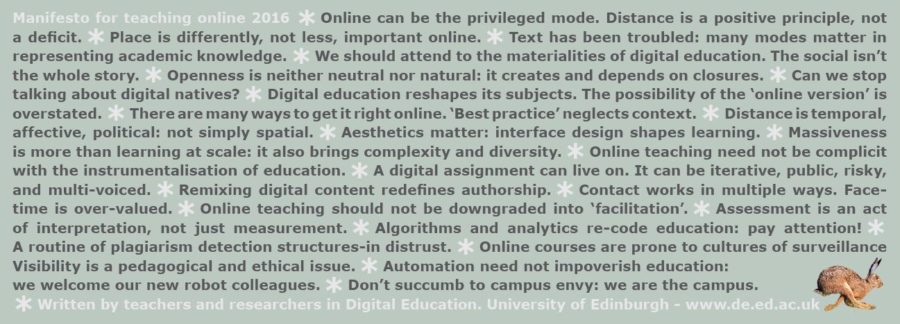
This is how the original authors described the Manifesto for Teaching Online:
Although there are many ways of reading the manifesto, one intention is that it be seen as productive in thinking through the design of online education and assessment – something that teachers might find useful and generative. It is intended to stimulate ideas about creative online teaching, and to reimagine some of the orthodoxies and unexamined truisms surrounding the field. Each point is deliberately interpretable, and it was made open so that others could remix and rewrite it.
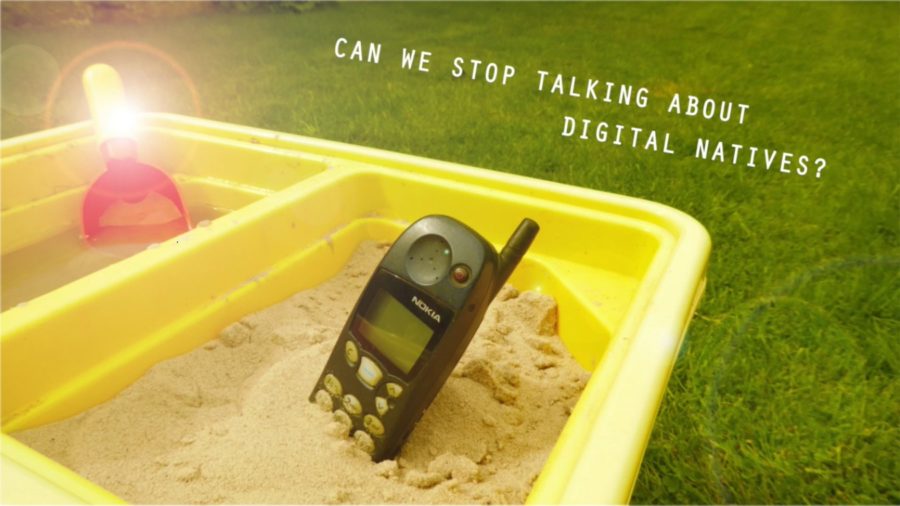
Hey, that’s my old phone they’ve buried in a sandpit…!
…in the Manifesto for Teaching Online…
…and look at the caption…
…the irony!

The Edinburgh Online Model
The Edinburgh Online Model provides a foundation for those new to teaching online to quickly and meaningfully engage with the key areas that are essential to creating and sustaining engaged online education.
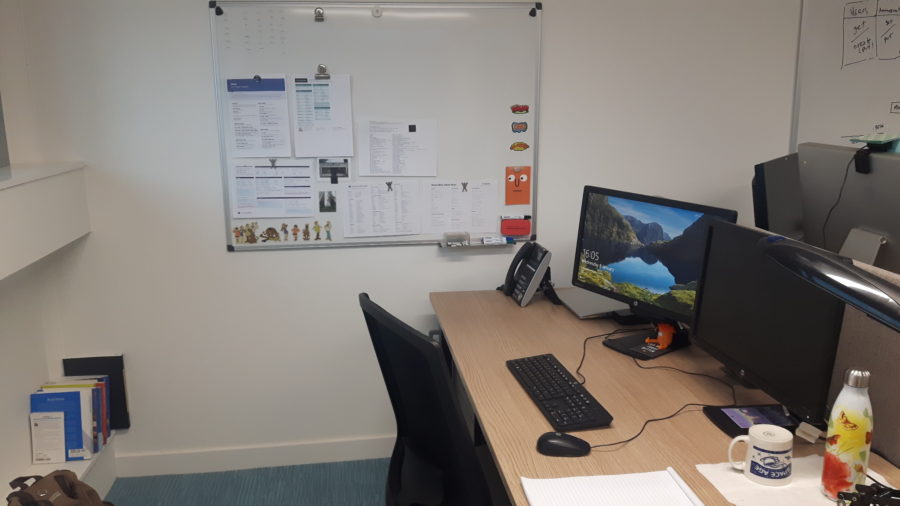
Teaching Spaces
I’m not a teacher, but I do make use of online courses at work. Most of them are video courses and I work in a shared office, so I wear headphones for this.

Video Reflections: Thoughts on Teaching Experiences
The video we watched was ‘From the community: thoughts on teaching experiences’. The interviewees discussed overcoming the challenges of teaching large numbers of students around the world, working online, and taking advantage of the technology, digital materials and course format.


